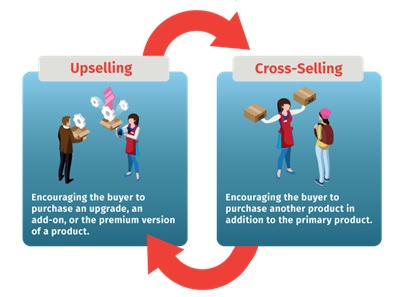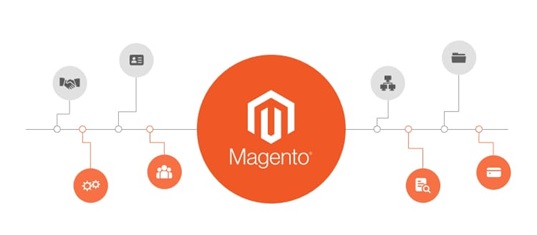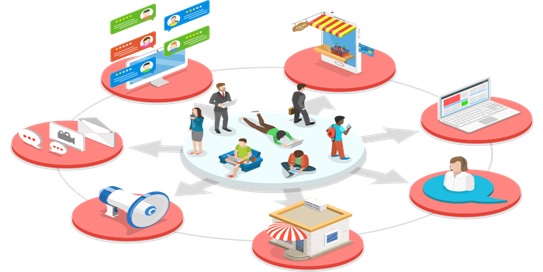A Process of Bussiness Analyst and its Techniques
The Business Analyst is an agent of change. Business Analysis is a disciplined approach for introducing and managing change to organizations, whether they are for-profit businesses, governments, or non-profits.
Job titles for business analysis practitioners include not only business analyst, but also business systems analyst, systems analyst, requirements engineer, process analyst, product manager, product owner, enterprise analyst, business architect, management consultant, business intelligence analyst, data scientist, [1] and more. Many other jobs, such as management, project management, product management, software development, quality assurance and interaction design rely heavily on business analysis skills for success.
Business analysis is used to identify and articulate the need for change in how organizations work, and to facilitate that change. As business analysts, we identify and define the solutions that will maximize the value delivered by an organization to its stakeholders. Business analysts work across all levels of an organization and may be involved in everything from defining strategy, to creating the enterprise architecture, to taking a leadership role by defining the goals and requirements for programs and projects or supporting continuous improvement in its technology and processes.
We have the specialized knowledge to act as a guide and lead the business through unknown or unmapped territory, to get it to its desired destination. The value of business analysis is in realization of benefits, avoidance of cost, identification of new opportunities, understanding of required capabilities and modeling the organization. Through the effective use of business analysis, we can ensure an organization realizes these benefits, ultimately improving the way they do business figure1 shown below.
Steps involved in Business Analysis Process
- Here are the steps for Business Analysis
- Enterprise analysis
- Requirement planning and Management
- Requirement Elicitation
- Requirement analysis and Documentation
- Requirement Communication
- Solution Evolution and Validation. [2]
Common Business Analysis Techniques
- Business analysis is a research discipline that helps you to find the business needs and defining solutions to business problems
- It helps you to understand the structure and the dynamics of the company
- Here are the steps for Business Analysis: 1) Enterprise analysis 2) Requirement planning and Management 3) Requirement Elicitation 4) Requirement analysis and Documentation 5) Requirement Communication and 6) Solution Evolution and Validation.
- Important business analysis techniques are: 1) MOST 2) PESTLE 3) SWOT 4) MoSCoW 5) CATWOE 6) The 5 Whys and, 7) Six Thinking Hats
- Most is a short form of Mission, Objectives, Strategies
- SWOT is a full form of Strengths, Weaknesses, Opportunities, and Threats
- Must or Should, Could or [3] Would process is a long-form of MosCow
- CATWOE is an acronym for Customers, Actors, Transformation Process, World View, Owner, and Environmental
- This technique is a backbone of both Six Sigma and business analysis techniques
- This process helps you to consider alternate perspectives and ideas

Figure 1. Business Analysist.
References:
- https://www.guru99.com/business-analysis-process-techniques.html
- https://www.investopedia.com/articles/professionals/120915/business...
- https://www.guru99.com/introduction-business-analysis.html
Cite this article:
S. Nandhinidwaraka (2021) A Process of Bussiness Analyst and its techniques, AnaTechMaz, pp. 1















